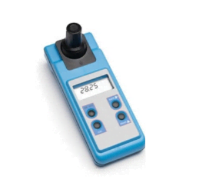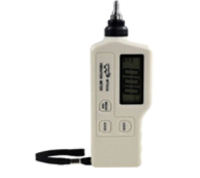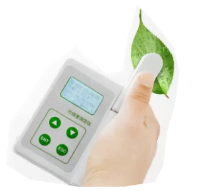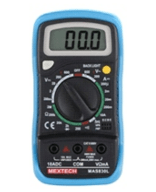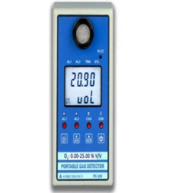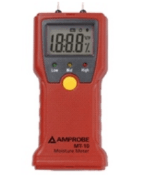| Non-Destructive Coating Thickness Measurement |
Enables quick and accurate measurement of coating thickness on various surfaces without damaging the underlying material. |
| Multiple Operating Principles (depending on model) |
Different models utilize various principles like magnetic induction (for ferrous substrates), eddy current (for non-ferrous substrates), or ultrasonic (for any substrate type). |
| Suitable for Various Coatings (in most models) |
Can measure the thickness of different coatings like paint, varnish, powder coating, anodization, and more (refer to specific model capabilities). |
| Portable Design (in most models) |
Compact and lightweight for easy use on-site, in workshops, or during production processes. |
| Easy to Operate (in most models) |
User-friendly interface with clear displays and simple controls, making them accessible for users with varying technical backgrounds. |
| Calibration Standards (in most models) |
Includes calibration foils or standards to ensure measurement accuracy over time. |
| Data Storage and Output (in some models) |
Advanced models may offer data storage capabilities or connect to computers for data transmission and analysis, enabling record-keeping and quality control documentation. |
| Applications in Various Industries |
Used in a wide range of industries, including: |
|
- Automotive Manufacturing: Ensuring consistent paint thickness on car bodies.
- Metal Fabrication: Verifying the thickness of anti-corrosion coatings or electroplating.
- Electronics Manufacturing: Measuring the thickness of solder or conformal coatings on PCBs.
- Construction Industry: Assessing the thickness of paint or other coatings on buildings, pipes, or other structures.
- Woodworking: Determining the thickness of varnish, lacquer, or other finishes on wood surfaces.
|


